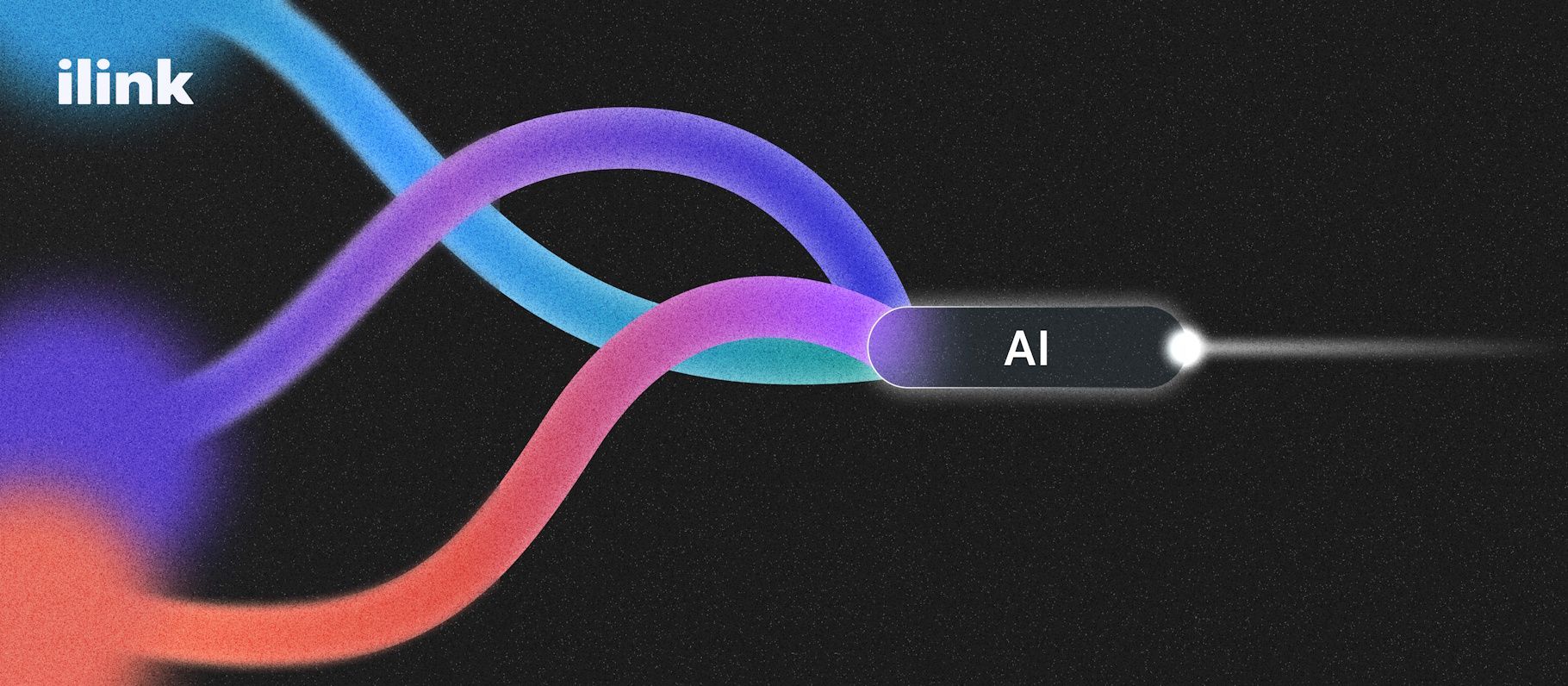Revolutionizing Customer Service: How AI Chatbots and Analysis are Enhancing Personalization and Efficiency
Introduction
In today’s fast-paced world, the demand for instant, effective, and personalized customer service is higher than ever. Advances in artificial intelligence (AI) have ushered in a new era of customer service technology, particularly through the use of AI chatbots and AI-driven analytics. This article explores how these technologies are transforming the landscape of customer interactions, enhancing both efficiency and personalization.
Understanding AI Chatbots
Definition and Functionality. AI chatbots are advanced software applications equipped with AI, primarily using natural language processing (NLP) to interpret, understand, and respond to human language in a way that mimics human conversation. These chatbots are designed to continuously learn from interactions, which allows them to improve over time and handle increasingly complex conversations.
Core Technologies Behind AI Chatbots
- Natural Language Processing (NLP). This technology helps chatbots understand human language, including the intent and context of what is being said, rather than just recognizing keywords.
- Machine Learning (ML). Enables chatbots to learn from past interactions and refine their algorithms for better future responses.
- Sentiment analysis. Allows chatbots to detect the emotional tone behind messages, helping them respond more appropriately to customer moods.
Evolution of Chatbots
- First generation. Basic rule-based systems capable of only simple interactions using predefined responses.
- Second generation. Enhanced with basic machine learning capabilities, these bots could handle slightly more varied inputs but were still limited in flexibility.
- Third generation and beyond. Fully AI-powered, these chatbots understand context, manage full conversations, and learn dynamically from each interaction to improve their responses.
Applications Across Industries
- Retail. Personal shopping assistants that provide product recommendations and support.
- Banking. Bots that handle transactions, balance inquiries, and basic financial advice.
- Healthcare. Virtual health assistants that provide preliminary diagnosis and schedule appointments.
AI-Driven Analysis in Customer Service
Definition and Tools. AI-driven analysis in customer service involves using AI technologies to analyze vast amounts of data collected from customer interactions. This analysis can reveal patterns, trends, and insights that can be used to optimize customer service strategies. Key Components
- Predictive analytics. Uses data, statistical algorithms, and machine learning techniques to identify the likelihood of future outcomes based on historical data.
- Data mining. The process of examining large pre-existing databases in order to generate new information and find hidden patterns.
- Customer segmentation. AI algorithms can segment customers into distinct groups based on similar behaviors, preferences, or demographics, allowing for more targeted and personalized service.
Real-World Benefits
- Enhanced decision making. With real-time data analysis, companies can make quick decisions based on current customer interaction trends.
- Proactive service. Predictive capabilities allow businesses to anticipate customer issues and address them before the customer reaches out.
- Scalability. AI-driven tools can handle a scaling volume of interactions without the need for proportional increases in human resources.
Case Studies
- Telecoms. Companies like Verizon use AI to analyze call data and customer feedback to improve service and reduce churn.
- E-commerce. Amazon employs AI to analyze customer behavior and improve both recommendations and customer support interactions.
Impact on Customer Interactions
Enhanced response times. AI chatbots can respond to queries within seconds, significantly reducing wait times and improving customer satisfaction.
24/7 availability. Unlike human agents, AI chatbots can operate around the clock, providing constant support to customers across different time zones without fatigue.
Case studies. Many companies, like Zara and Sephora, have successfully integrated AI chatbots, resulting in increased efficiency and customer satisfaction. For instance, Sephora's chatbot offers personalized makeup tutorials, which has not only improved engagement but also boosted sales.
Personalization Through AI
Understanding customer preferences. AI tools analyze data from past interactions to understand individual customer preferences. This data is then used to tailor interactions, making them more relevant and personal. Customized user experiences. Based on the insights from AI analysis, companies can customize their communications, offers, and services to meet the unique needs of each customer, enhancing the overall user experience. Case studies. Netflix is a prime example of personalization done right; its recommendations are powered by AI analyzing viewing habits, which helps keep subscribers engaged for longer periods.
Challenges and Ethical Considerations
Privacy concerns. With AI collecting vast amounts of personal data, privacy becomes a significant concern. It is crucial for companies to comply with data protection regulations and ensure transparent data handling practices.
Depersonalization risk. There is a fine line between using AI to enhance service and making interactions feel too mechanical. Companies must strive to maintain a balance to avoid depersonalization.
The Future of AI in Customer Service
Emerging trends. Future developments in AI could include more advanced NLP capabilities, better emotional intelligence, and integration with other cutting-edge technologies like blockchain for enhanced security. Integrating AI with other technologies. The potential integration of AI with technologies like augmented reality (AR) and virtual reality (VR) could further transform customer service, offering even more immersive and personalized experiences.
AI chatbots and AI-driven analysis are significantly transforming the way businesses interact with their customers. By enhancing both the efficiency and personalization of customer service, these technologies are not just shaping current strategies but are also paving the way for a more connected and technologically advanced future in customer relations.
Comments (0)
Latest Posts
The sustainability of a token’s economy determines liquidity, user activity, long-term growth potential, and the ability of a project to survive without constant capital injections.
A White Label solution allows businesses to get a ready-to-use banking platform under their own brand in 60–90 days, including fiat accounts, cards, cryptocurrency modules, KYC/AML, a mobile application, and administrative panels.
Do You Have Any Questions?
Leave your details - we will contact you to answer all your questions




